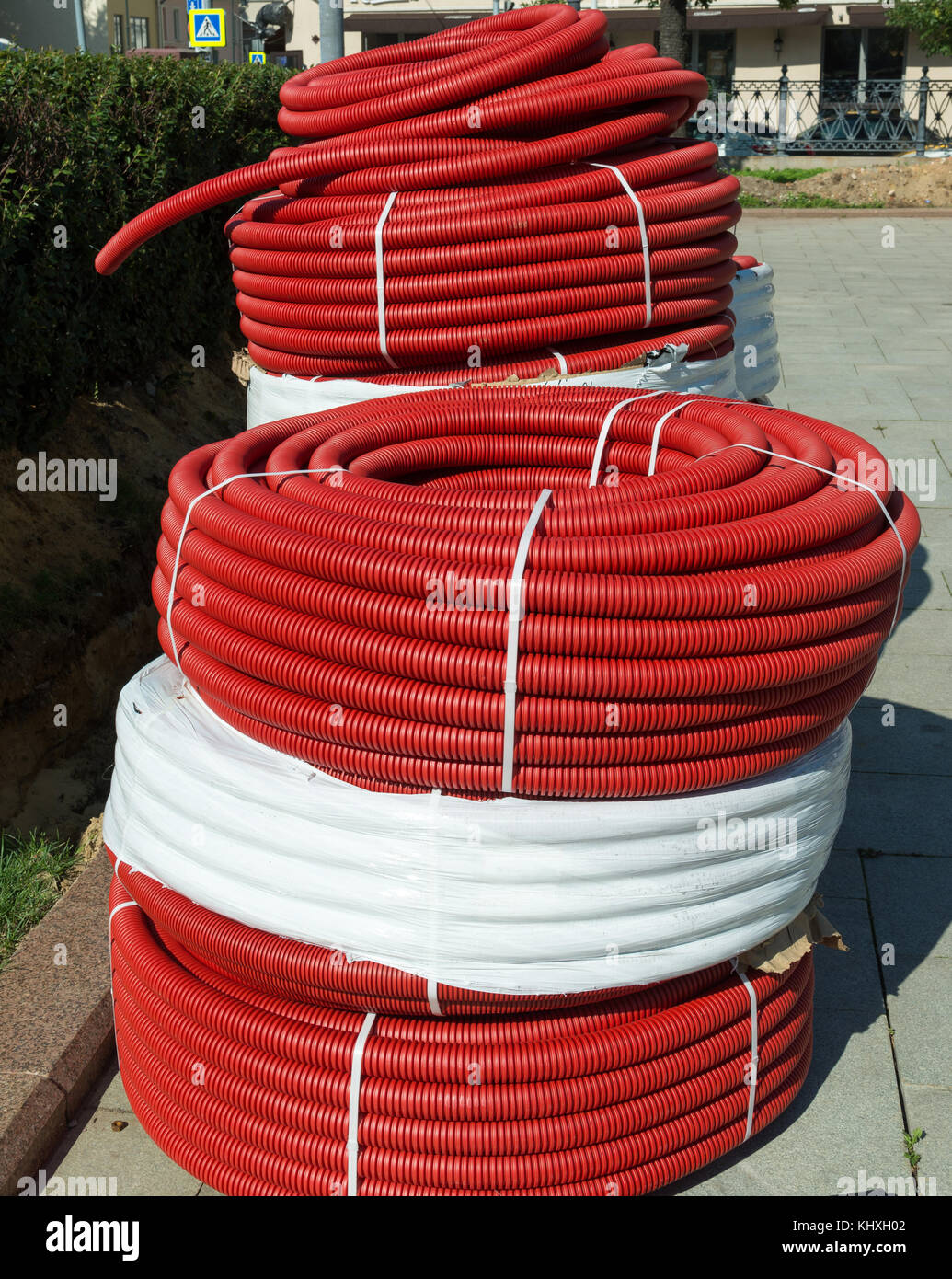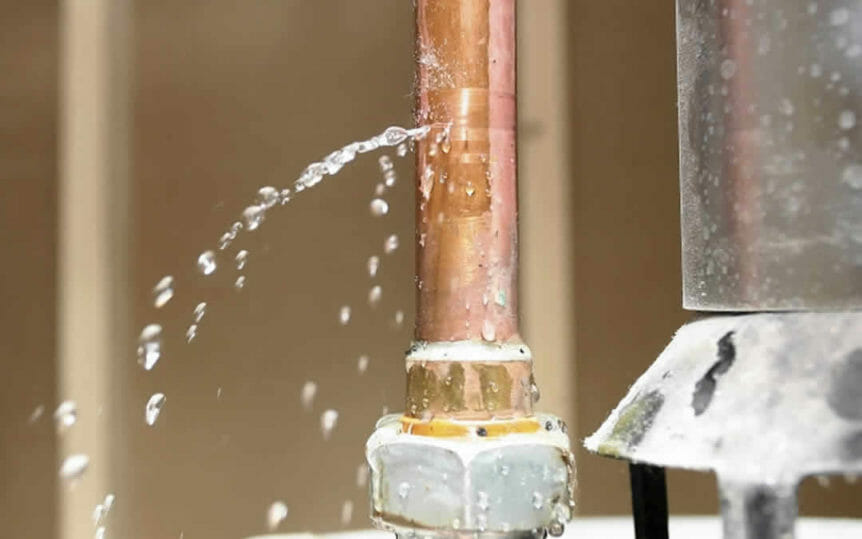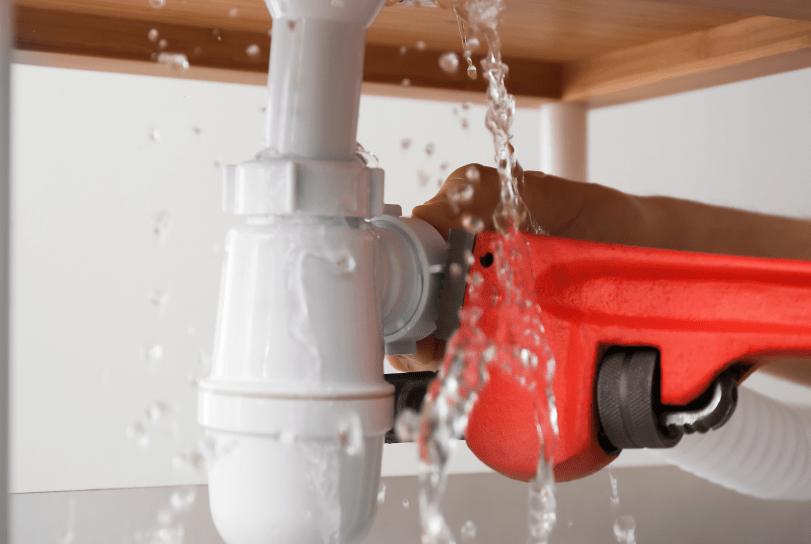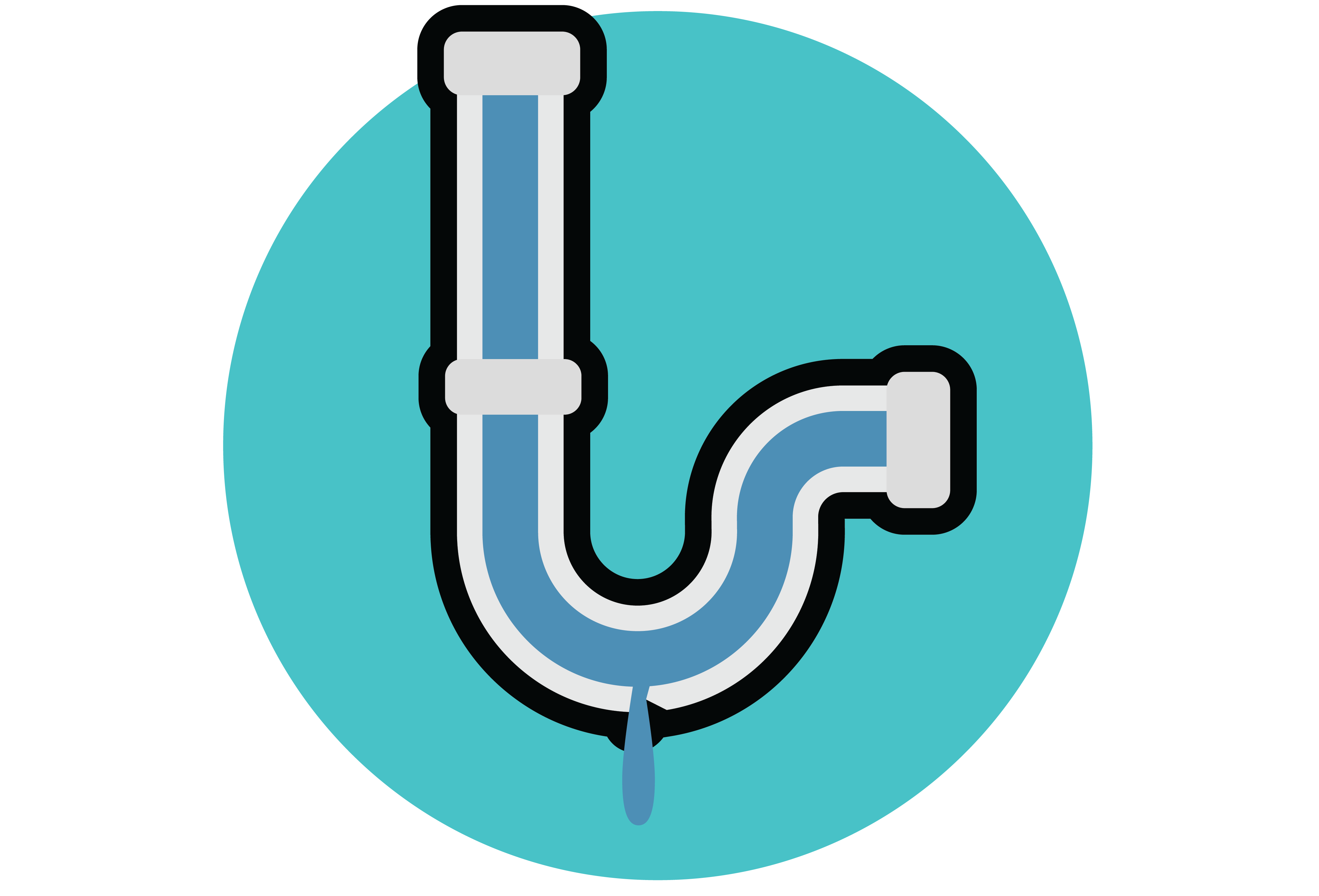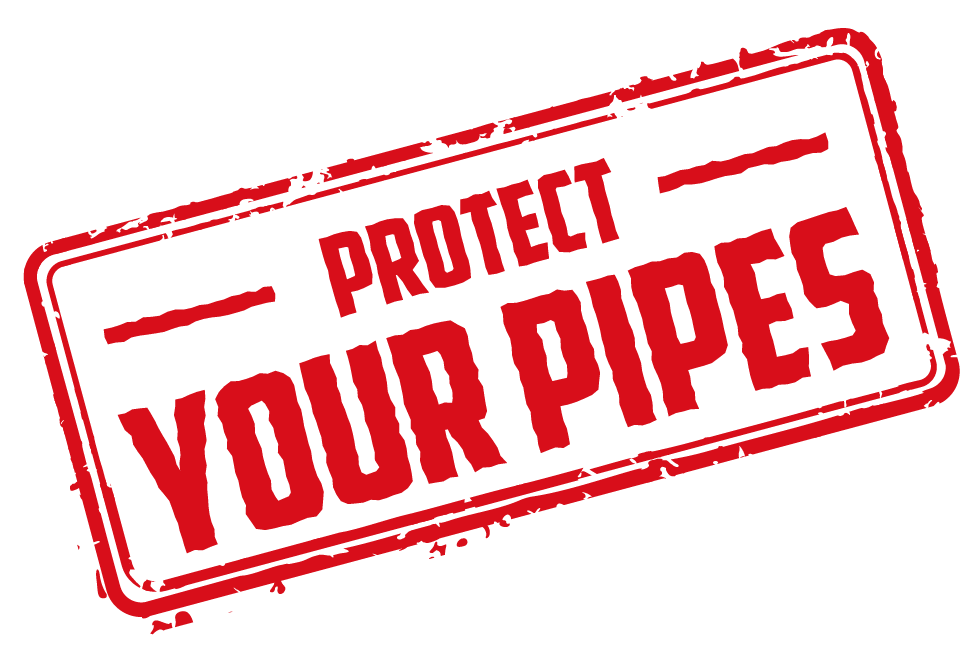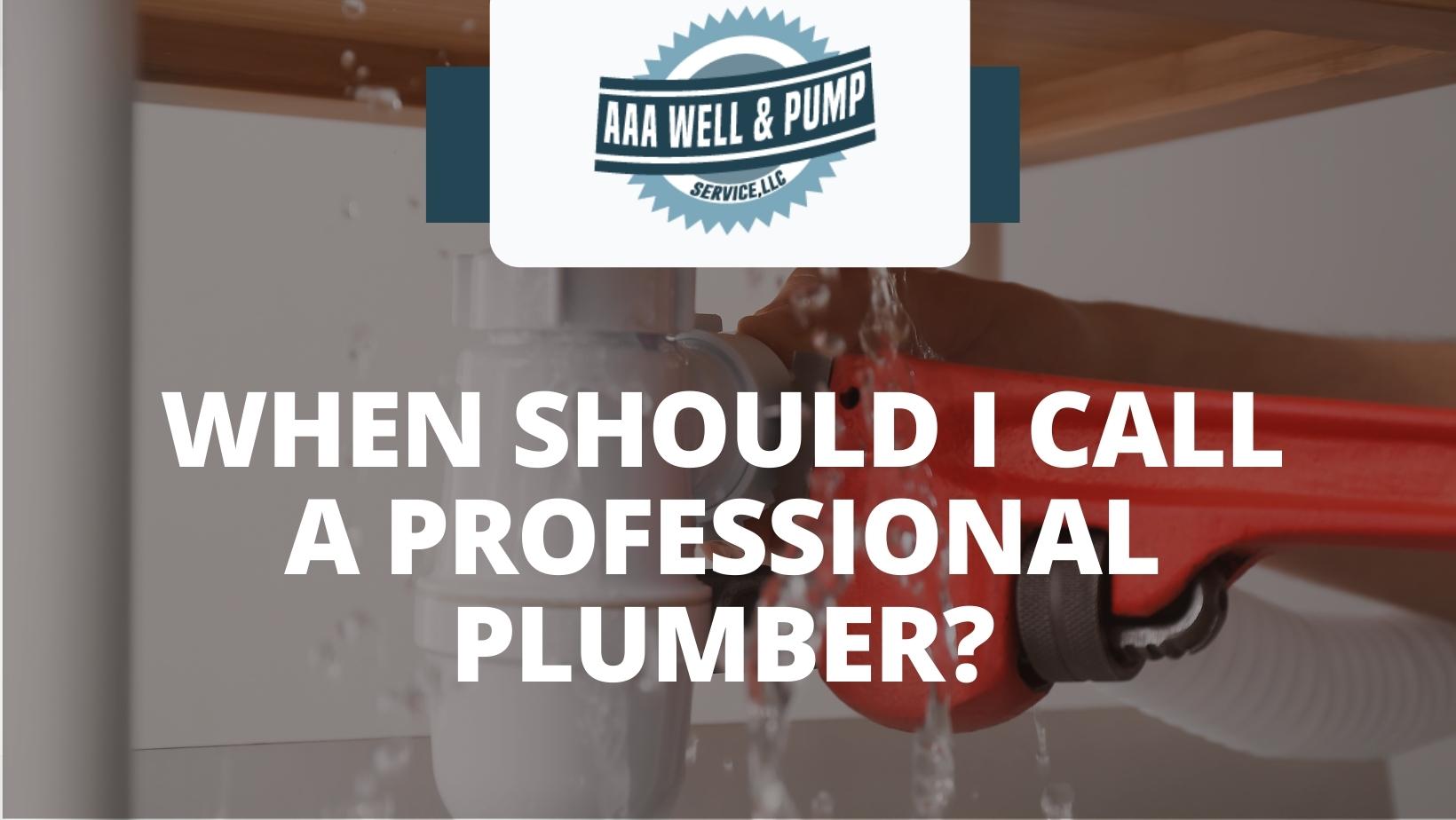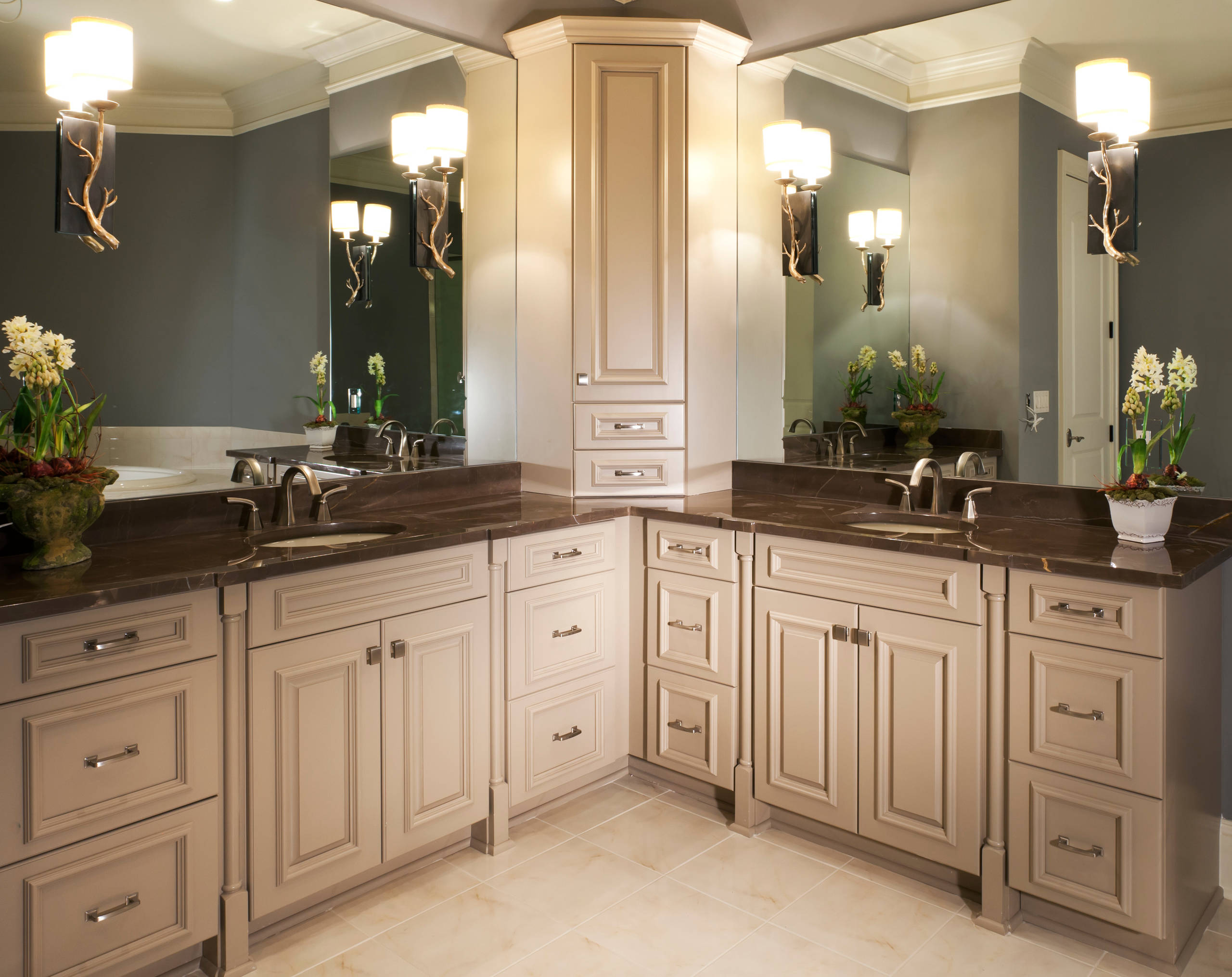The first step in fixing low water pressure in your kitchen sink is to check the water supply valve. This valve controls the flow of water into your pipes and can sometimes get partially closed, causing a decrease in water pressure. Make sure the valve is fully open and check if there are any obstructions or debris blocking the valve. If necessary, clean or replace the valve to ensure proper water flow.1. Check the water supply valve
The aerator is the small mesh screen at the end of your faucet. Over time, mineral deposits and debris can build up in this area, causing a decrease in water pressure. To clean the aerator, unscrew it from the faucet and rinse it under running water. If the build-up is severe, you may need to soak the aerator in a solution of equal parts water and vinegar to dissolve the mineral deposits.2. Clean the aerator
If cleaning the aerator does not improve the water pressure, it may be time to replace it. Aerators are relatively inexpensive and can be found at most hardware stores. When purchasing a new aerator, make sure to match the thread size and style to your existing faucet.3. Replace the aerator
Clogs in the pipes can also cause low water pressure in your kitchen sink. To check for clogs, turn off the water supply and remove the pipes under the sink. Use a plumbing snake or a wire hanger to clear out any obstructions in the pipes. Once cleared, reattach the pipes and turn the water supply back on to see if the water pressure has improved.4. Check for clogs in the pipes
If the pipes in your kitchen sink are old and corroded, this can also contribute to low water pressure. Over time, pipes can develop cracks or build-up inside, causing a decrease in water flow. Consider replacing old pipes with newer, more efficient ones to improve water pressure and prevent future issues.5. Replace old pipes
The water pressure regulator is a device that controls the pressure of water coming into your home. If this regulator is malfunctioning, it can cause a decrease in water pressure. If you suspect this is the issue, you may need to call a plumber to replace the regulator for you.6. Check the water pressure regulator
If you have tried all the previous steps and are still experiencing low water pressure in your kitchen sink, you may want to consider installing a water pressure booster. This device increases the water pressure in your pipes, providing a stronger flow of water to your kitchen sink. A plumber can help you determine the best type of booster for your home and install it for you.7. Install a water pressure booster
Leaks in the pipes can also cause a decrease in water pressure. To check for leaks, turn off the water supply and check the pipes under your sink for any visible leaks. If you find any leaks, repair or replace the affected pipes to improve water pressure.8. Check for leaks in the pipes
If all else fails, it may be time to replace your kitchen faucet. Over time, faucets can become worn and corroded, leading to a decrease in water pressure. Consider installing a new faucet with a higher flow rate to improve water pressure in your kitchen sink.9. Install a new faucet
If you are still experiencing low water pressure in your kitchen sink, it may be time to call a professional plumber. They have the knowledge and expertise to diagnose and fix any underlying issues that may be causing the low water pressure. They can also provide recommendations on how to prevent future issues. In conclusion, fixing low water pressure in your kitchen sink may require some trial and error. Start by checking the water supply valve and cleaning or replacing the aerator. If those steps do not improve the water pressure, consider checking for clogs or leaks in the pipes, replacing old pipes, or installing a water pressure booster. If all else fails, call a plumber for professional help. By following these steps, you can ensure a strong and steady flow of water in your kitchen sink.10. Call a plumber for professional help
Why is Low Water Pressure a Common Issue in Kitchen Sinks?

The Importance of Water Pressure in the Kitchen
 Water pressure is a crucial aspect of any household, especially in the kitchen. From washing dishes to filling up pots and pans, a steady and strong water flow is essential for efficient and effective cooking and cleaning. However, it is not uncommon for homeowners to encounter low water pressure in their kitchen sinks, causing frustration and inconvenience. But what exactly causes low water pressure in the kitchen sink?
Water pressure is a crucial aspect of any household, especially in the kitchen. From washing dishes to filling up pots and pans, a steady and strong water flow is essential for efficient and effective cooking and cleaning. However, it is not uncommon for homeowners to encounter low water pressure in their kitchen sinks, causing frustration and inconvenience. But what exactly causes low water pressure in the kitchen sink?
Causes of Low Water Pressure in the Kitchen Sink
 The first step to fixing low water pressure in the kitchen sink is understanding the root cause. There are a few common reasons why this issue may arise. One common cause is a clogged aerator, which is the small mesh screen located at the end of the faucet. Over time, mineral deposits and debris can build up, restricting the flow of water. Another common culprit is old and corroded pipes. As pipes age, they can become clogged or damaged, resulting in reduced water flow. Finally, a malfunctioning water pressure regulator can also lead to low water pressure in the kitchen sink.
The first step to fixing low water pressure in the kitchen sink is understanding the root cause. There are a few common reasons why this issue may arise. One common cause is a clogged aerator, which is the small mesh screen located at the end of the faucet. Over time, mineral deposits and debris can build up, restricting the flow of water. Another common culprit is old and corroded pipes. As pipes age, they can become clogged or damaged, resulting in reduced water flow. Finally, a malfunctioning water pressure regulator can also lead to low water pressure in the kitchen sink.
How to Fix Low Water Pressure in the Kitchen Sink
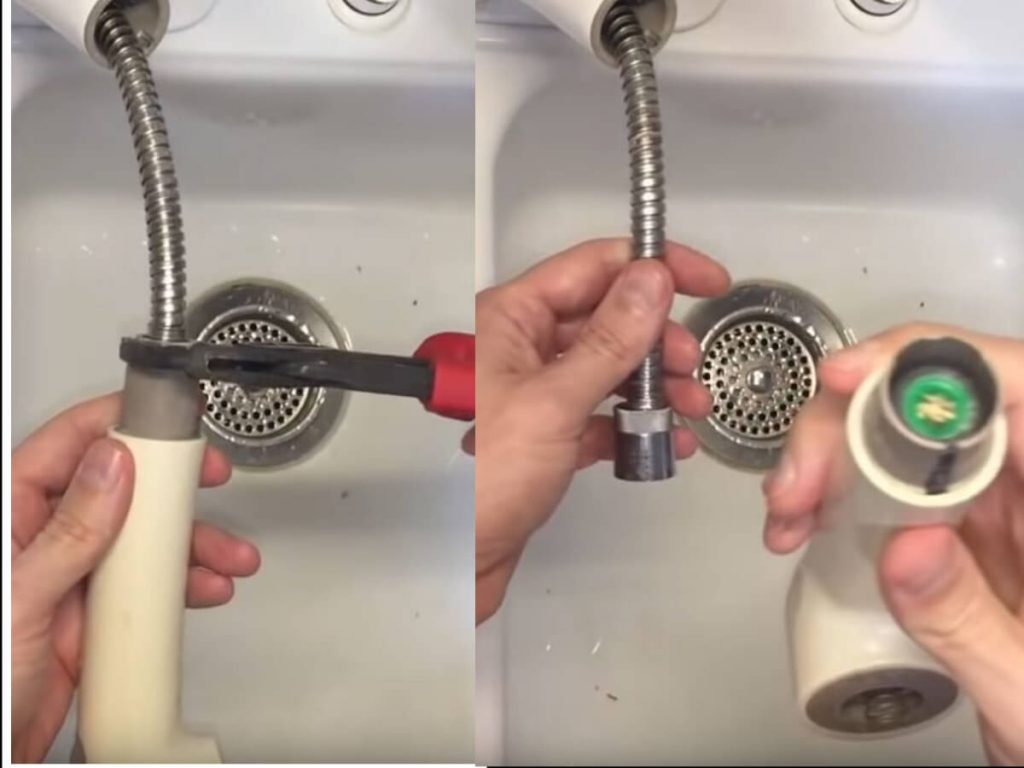 The good news is that low water pressure in the kitchen sink can often be fixed with a few simple steps. The first and easiest solution is to clean or replace the aerator. This is a quick and inexpensive fix that can restore water pressure in no time. If the issue persists, it may be necessary to inspect and replace any old or damaged pipes. This task is best left to a professional plumber to ensure it is done correctly and safely. Finally, if the water pressure regulator is the issue, it may need to be adjusted or replaced. Again, it is best to seek the help of a professional in this case.
The good news is that low water pressure in the kitchen sink can often be fixed with a few simple steps. The first and easiest solution is to clean or replace the aerator. This is a quick and inexpensive fix that can restore water pressure in no time. If the issue persists, it may be necessary to inspect and replace any old or damaged pipes. This task is best left to a professional plumber to ensure it is done correctly and safely. Finally, if the water pressure regulator is the issue, it may need to be adjusted or replaced. Again, it is best to seek the help of a professional in this case.
In Conclusion
 Low water pressure in the kitchen sink can be a frustrating and annoying problem, but it is not an uncommon one. By understanding the causes and implementing the appropriate solutions, homeowners can easily fix this issue and enjoy a steady and strong water flow in their kitchen. Remember to regularly clean and maintain the aerator, inspect and replace old pipes, and seek professional help when needed. With these simple steps, you can say goodbye to low water pressure in your kitchen sink and hello to a more efficient and enjoyable cooking and cleaning experience.
Low water pressure in the kitchen sink can be a frustrating and annoying problem, but it is not an uncommon one. By understanding the causes and implementing the appropriate solutions, homeowners can easily fix this issue and enjoy a steady and strong water flow in their kitchen. Remember to regularly clean and maintain the aerator, inspect and replace old pipes, and seek professional help when needed. With these simple steps, you can say goodbye to low water pressure in your kitchen sink and hello to a more efficient and enjoyable cooking and cleaning experience.





:max_bytes(150000):strip_icc()/GettyImages-1057621140-78ab2e946841421d9a7efeebe02935d2.jpg)
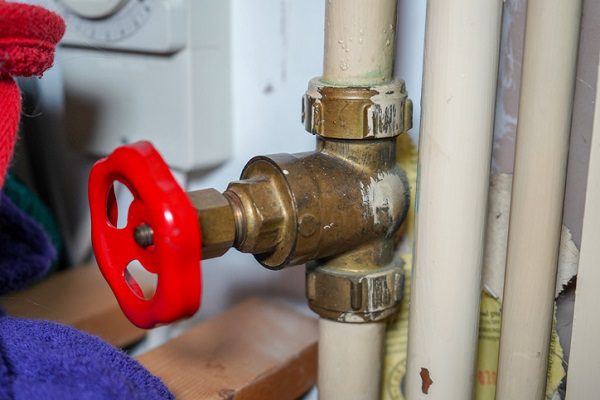





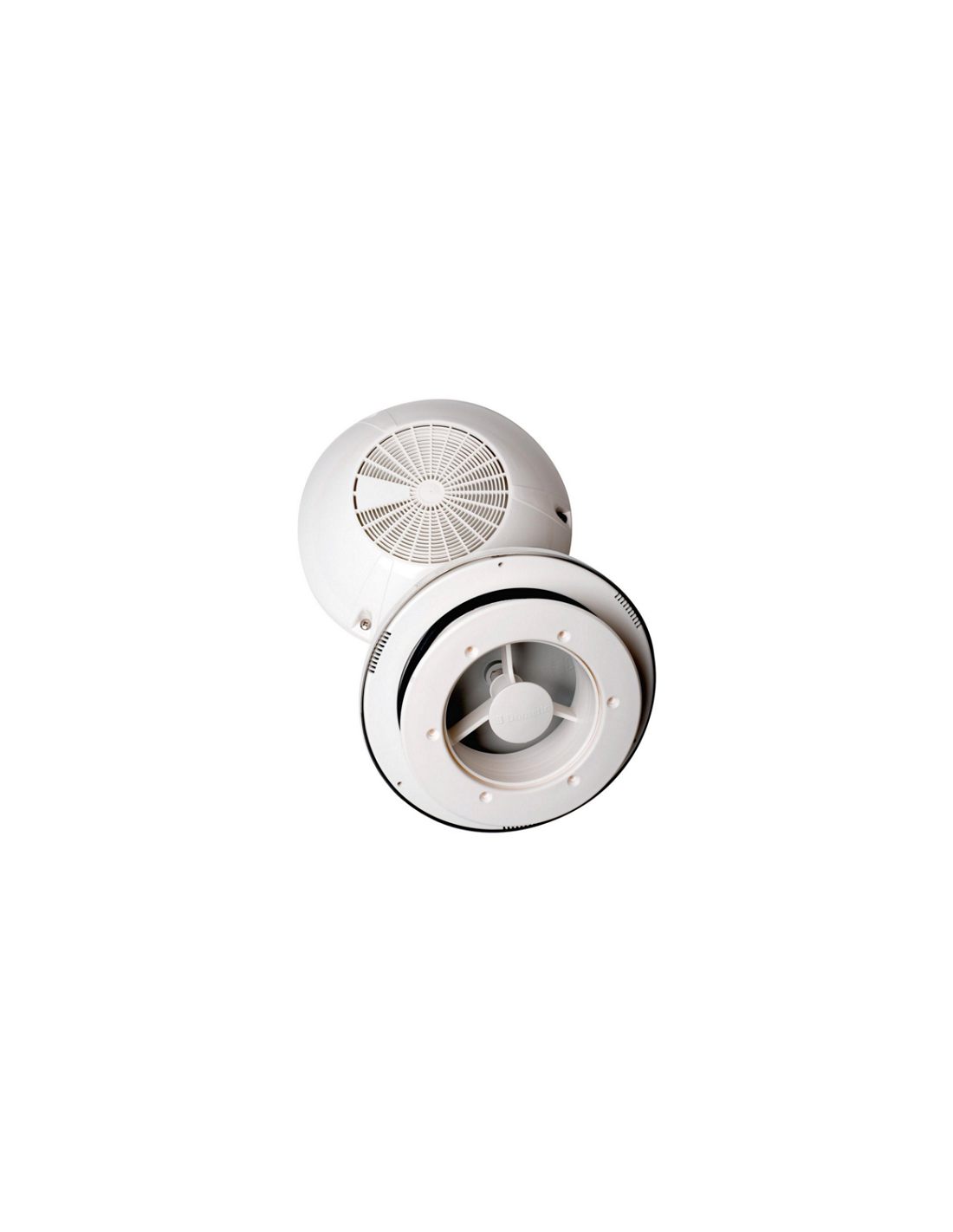



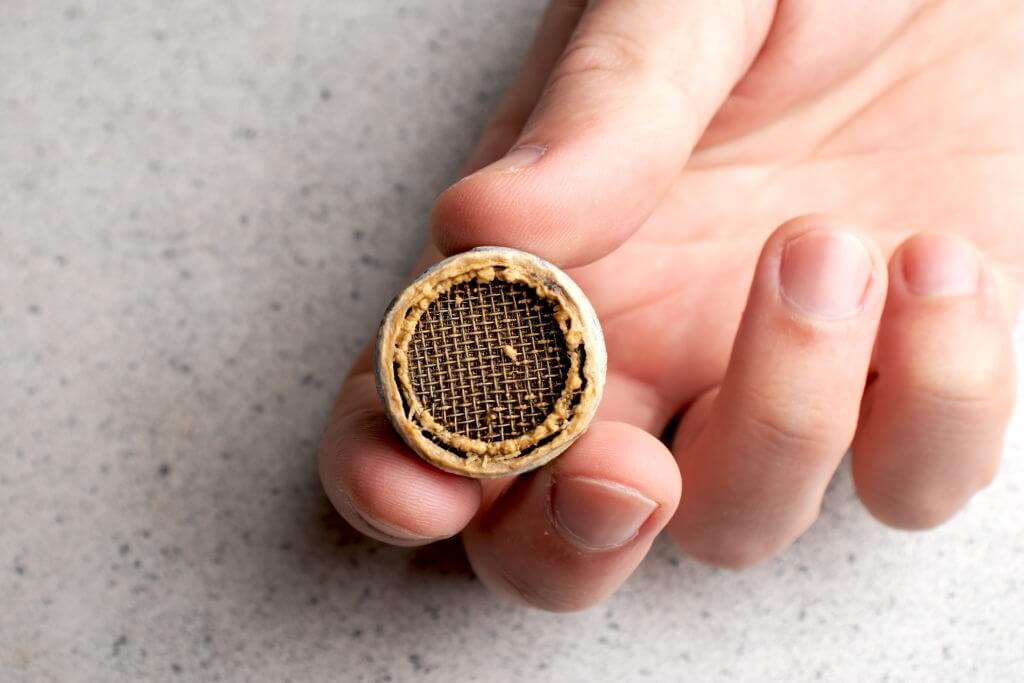

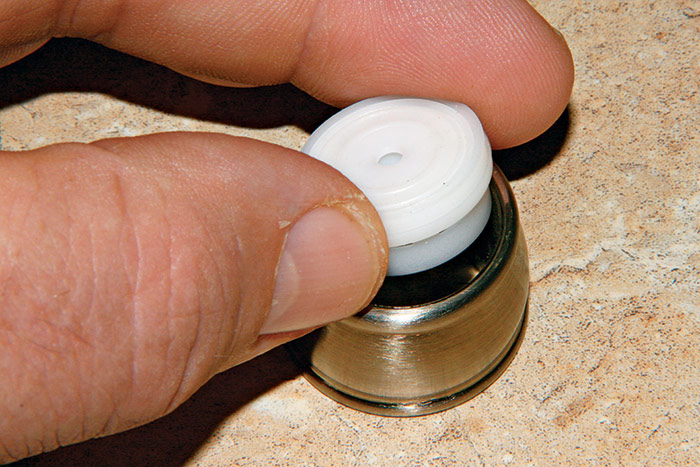
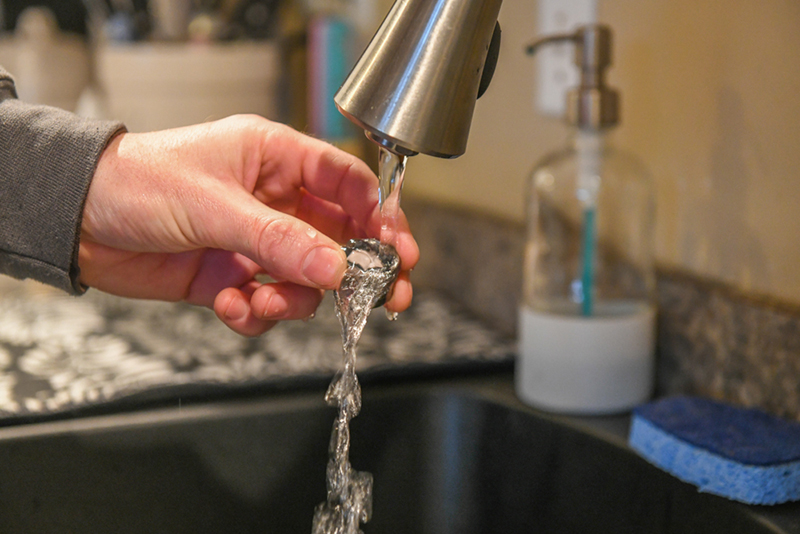



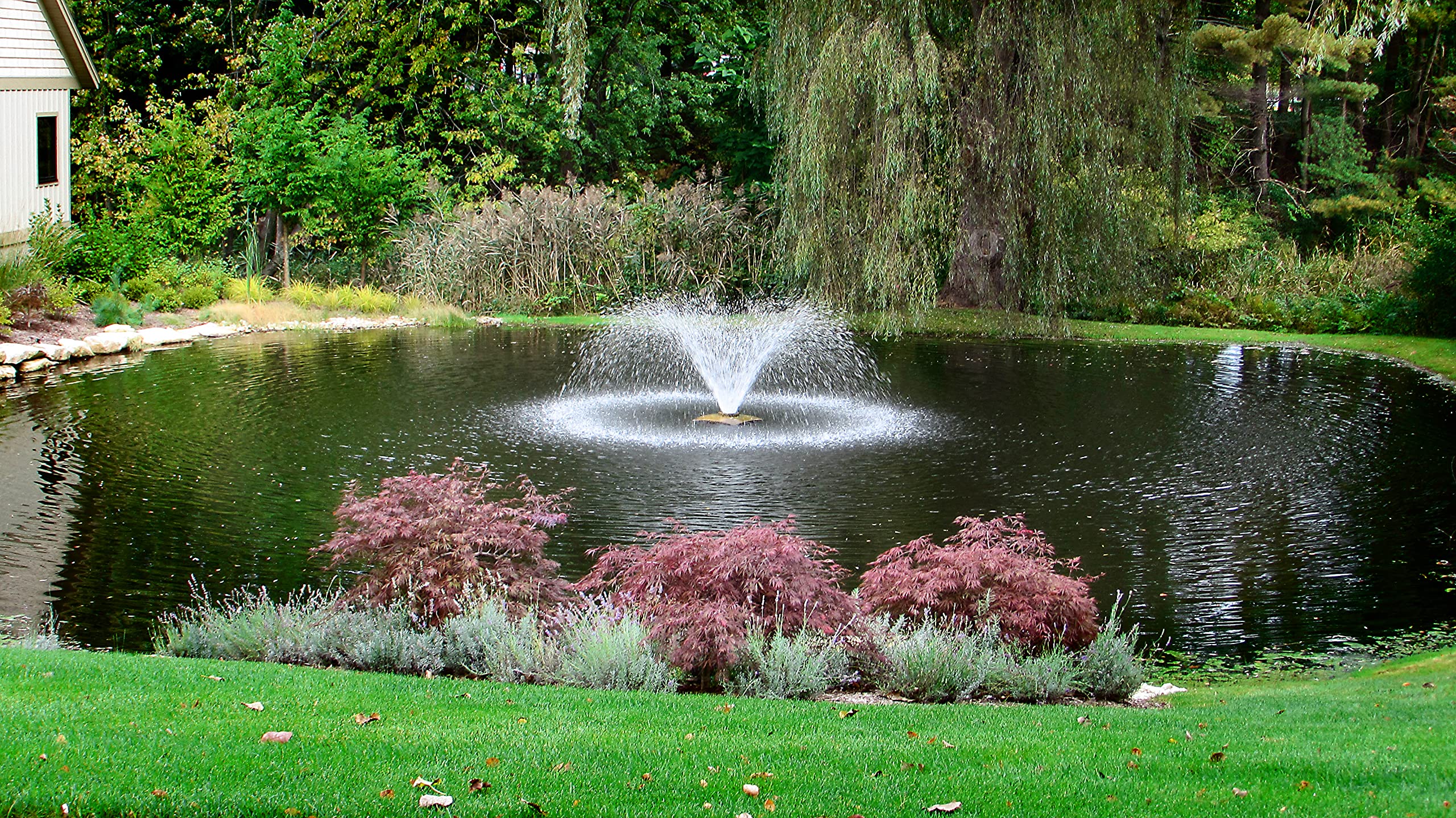
/RemovingAeratorAssembly-99881d30169b43cebc3fe72f6d4b25b9.jpg)



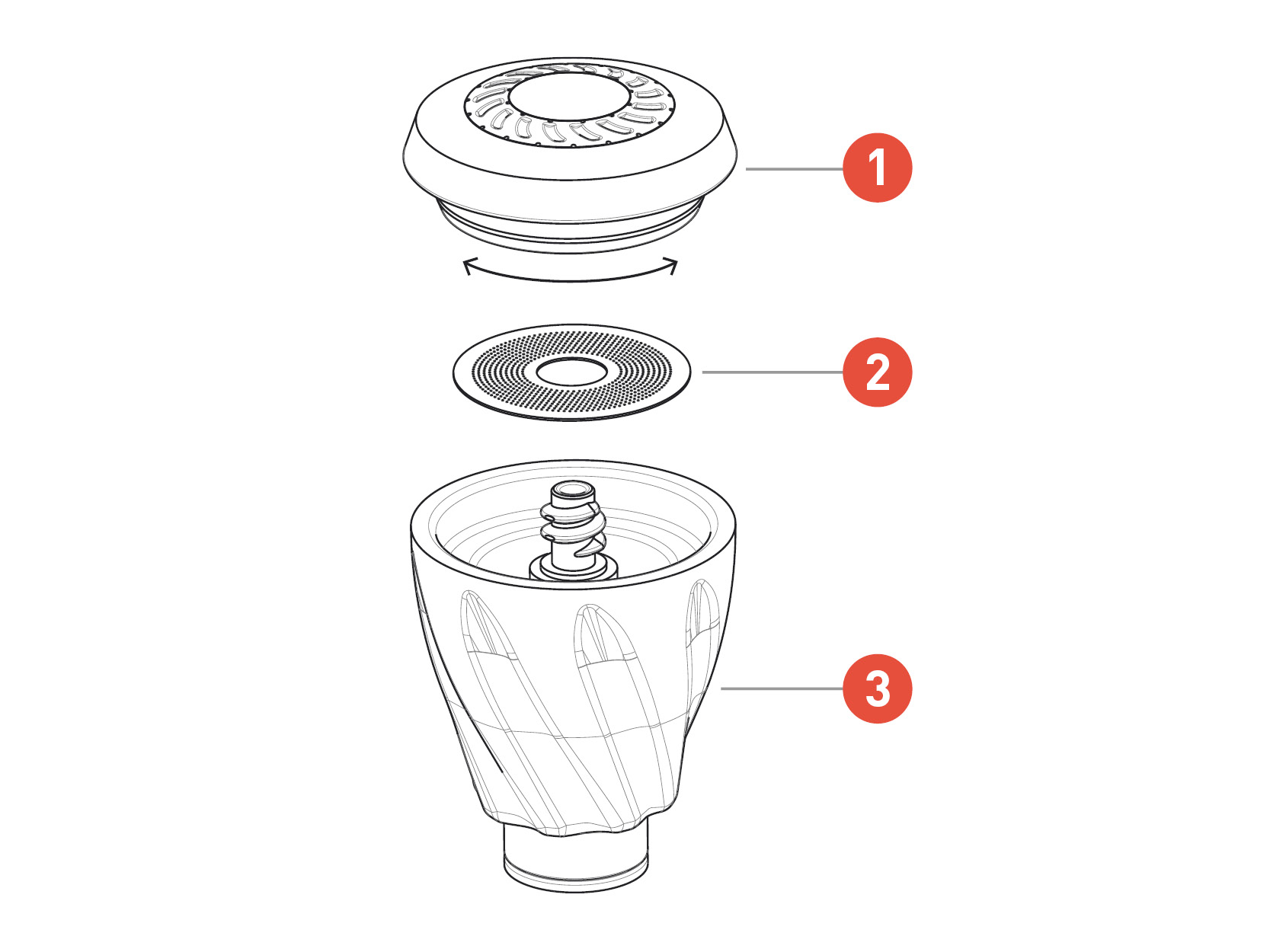









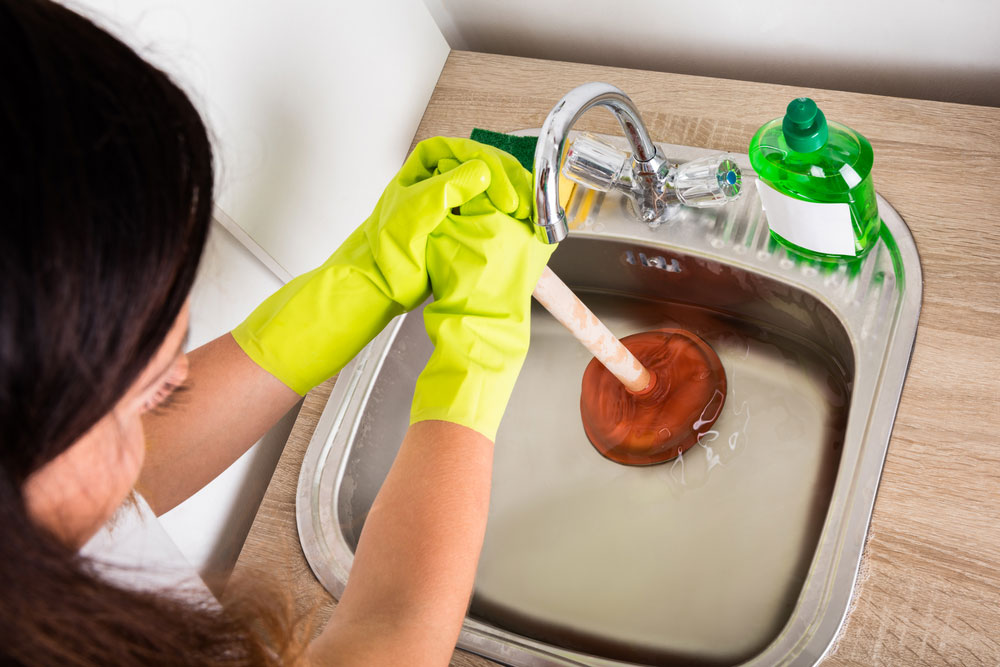


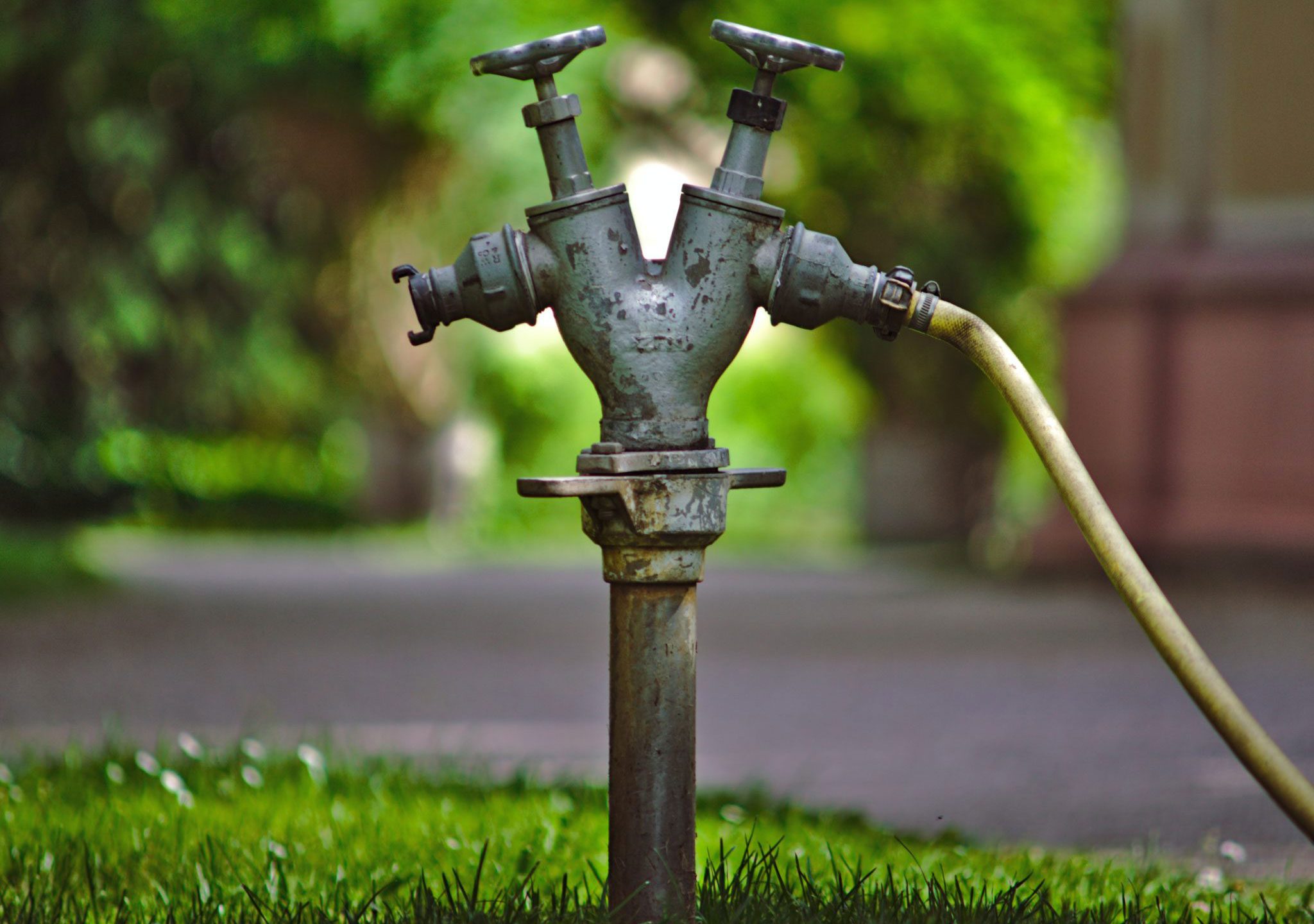









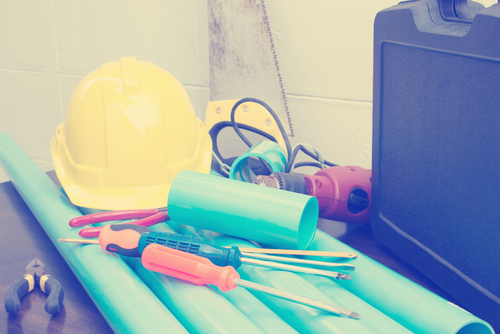


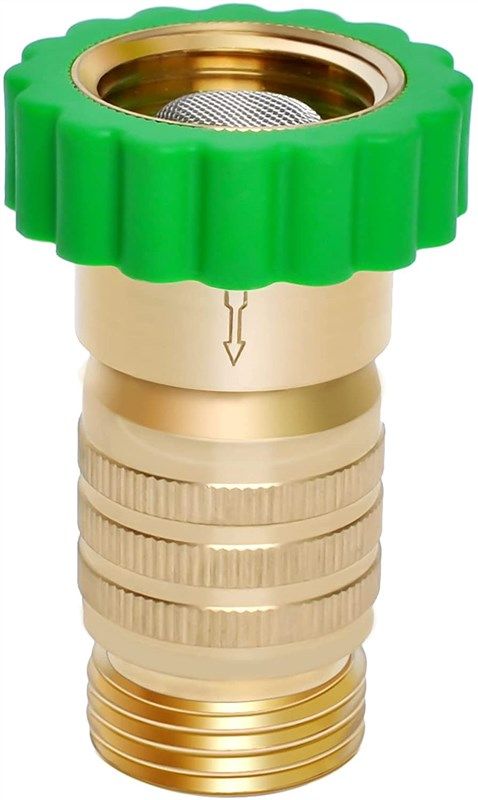
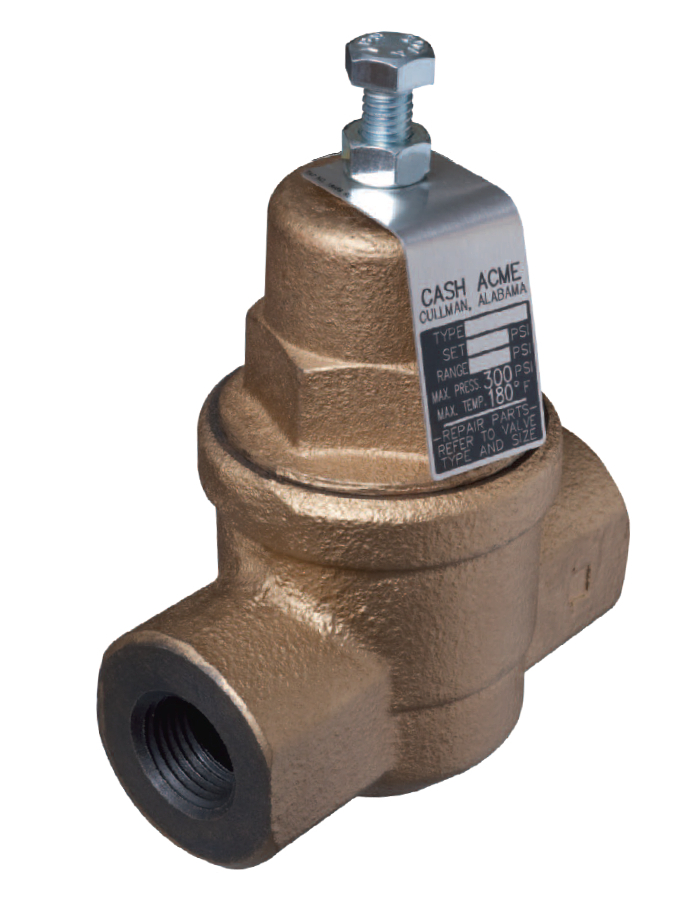


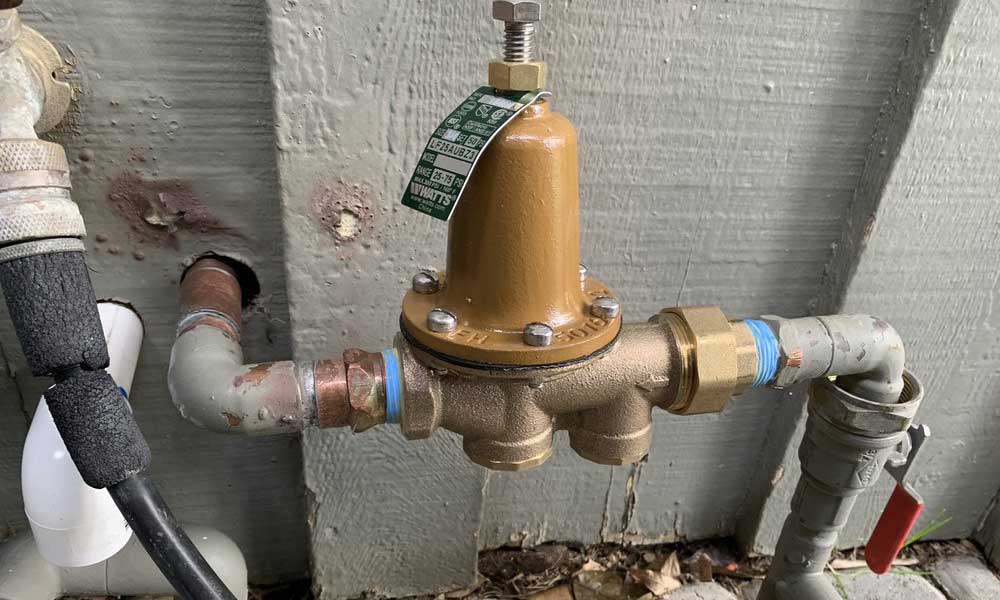
:max_bytes(150000):strip_icc()/the-men-s-hand-opens-the-ball-valve-on-the-collector-1006810456-5c5fc73fc9e77c000159c4af.jpg)


/testing-water-pressure-in-your-home-2718692-hero-98f45508ca5d44b6b551034ac5cedab5.jpg)





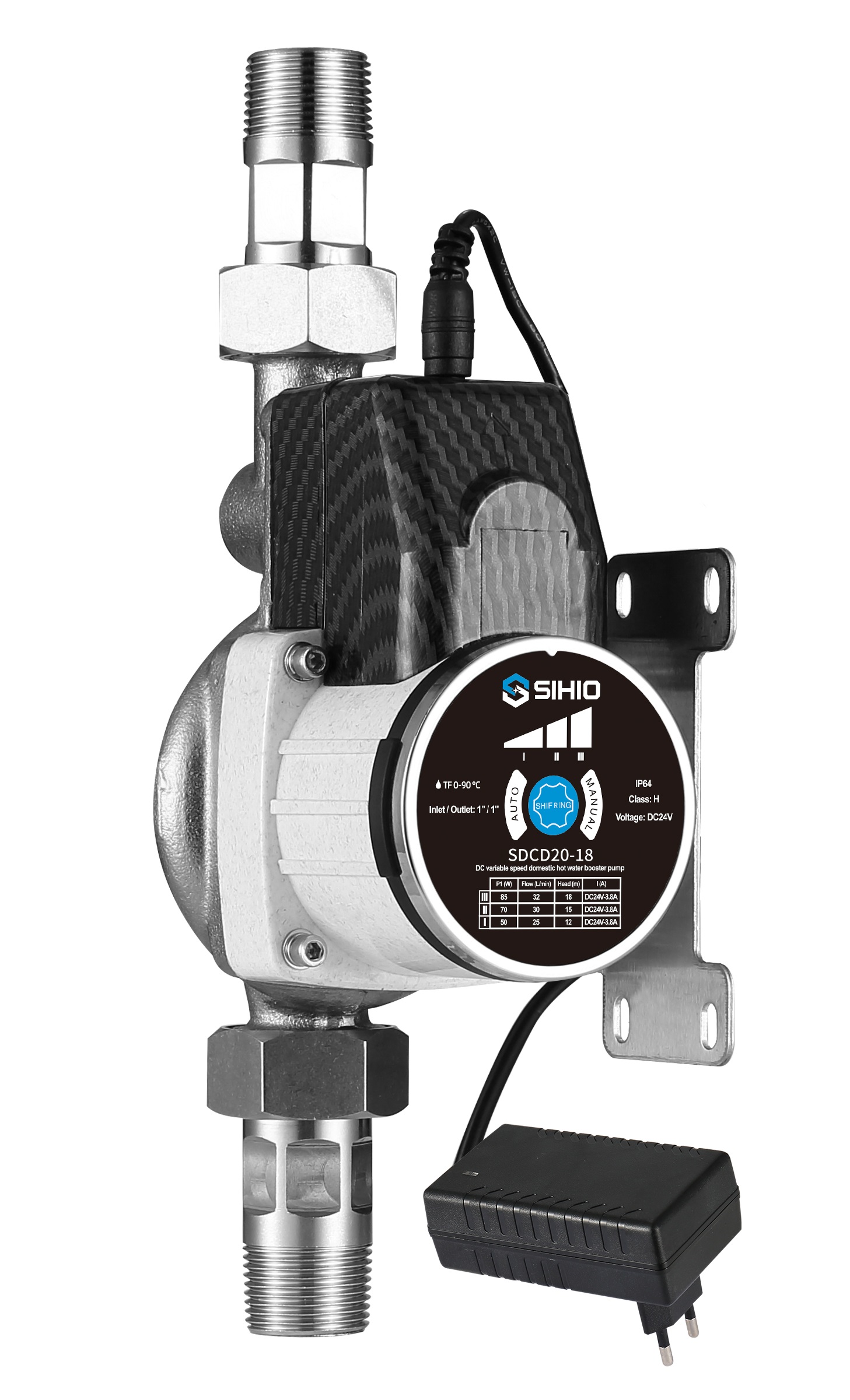

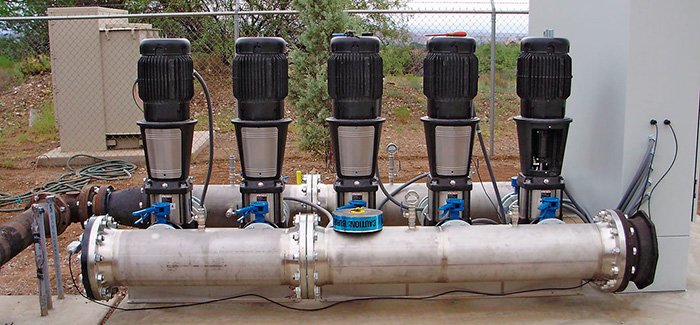




-844-p.jpg?v=ede30092-5775-434a-b8ca-07306b3bbe53)



